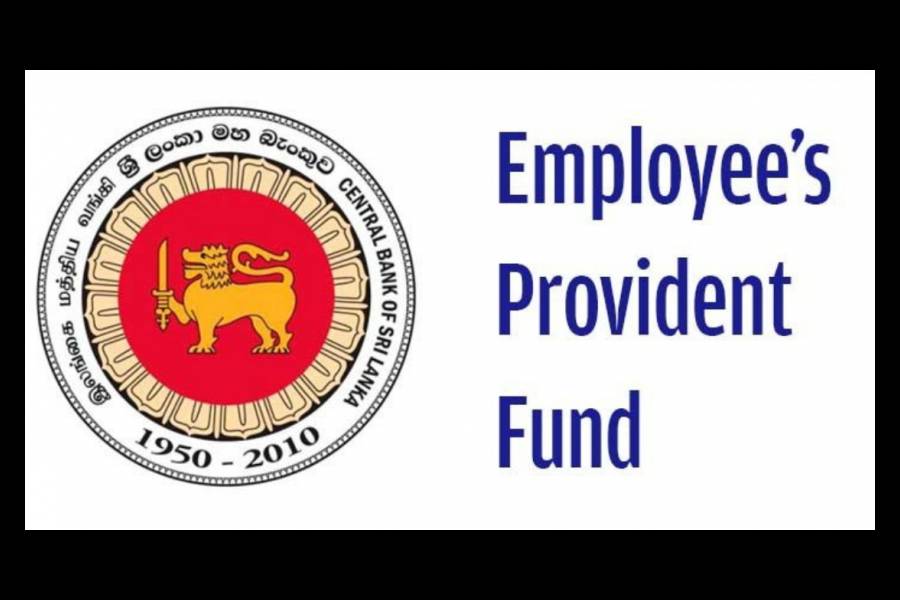In the wake of startling revelation in forensic audit reports on billions of rupees loss caused to Employees Provident Fund (EPF), Central Bank (CB) is taking measures to prudently manage the funds by restricting its investments in the Colombo stock market.
CB Deputy Governor H A Karunaratne told a media conference recently that EPF Investment Committee is very careful in investing monies of the private sector employees in the share market. .
EPF is currently not “actively investing” in banking shares, he said adding that threre were concerns raised about conflicts of interest and state interference.
The 2.2 trillion rupee EPF, managed by the central bank, is now one of the largest owners of private banks and the the exposure of the EPF to banking stocks is too high, he disclosed.
Employees Provident Fund, a state-managed retirement fund of private sector workers in Sri Lanka, has lost 8.7 billion rupees from off-auction direct placements made by the central bank at rates below the market, a forensic audit has estimated.
Private sector employees are urging the authorities to compensate the contributors who lost a considerable interest income due to these fraudulent practices of fund mangers.
The forensic report said the EPF had been asked to buy bond below the previous auction average or below the secondary market rates between 2007 and 2015 by the Public Debt Department of the Central Bank.
“In 94 out of 346 instances, the PDD offer yield rate was lower than the Secondary Market yield rate,” the forensic report said revealing that due to lower yield rate, the EPF had incurred a loss of Rs8,716 million.”
The EPF had lost 3.68 billion rupees in 2008, 226 million in 2009, 1.8 billion rupees in 2010 and 1.0 billion in 2011.
Between 2008 and 2011, the EPF had also 256 million from bond sold to it below the previous auction rate.
“During the period 2008 to 2011, the EPF yield rate was significantly lower in comparison to the Secondary Market yield rate…” the forensic audit report revealed.
(LI)

